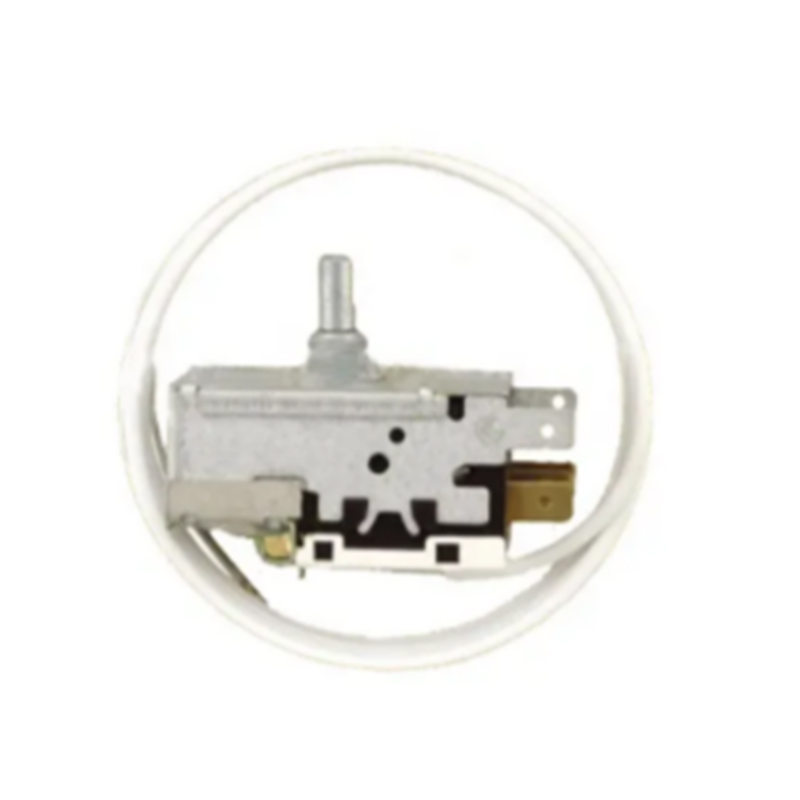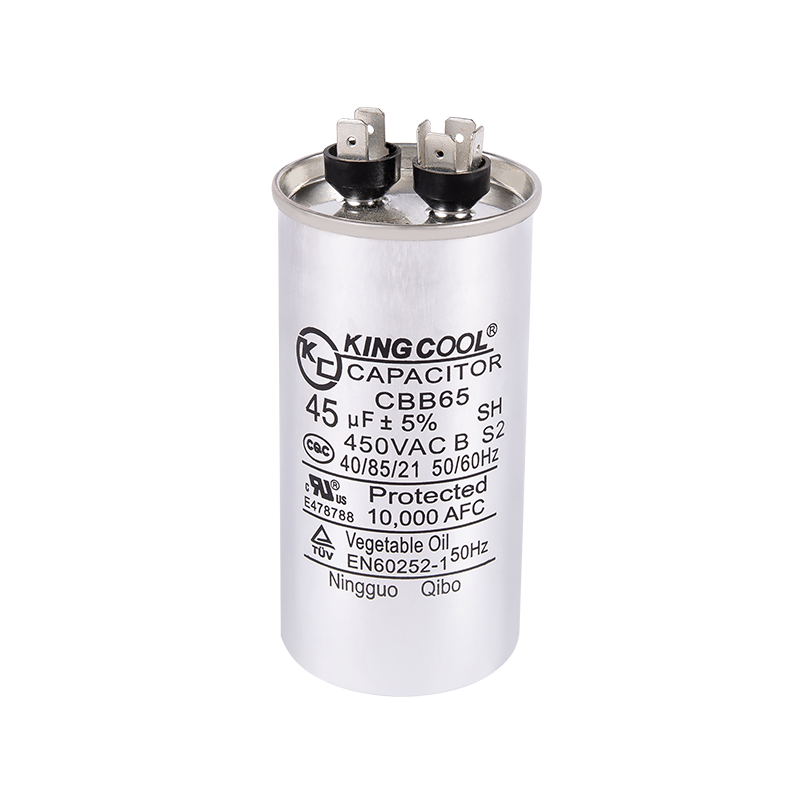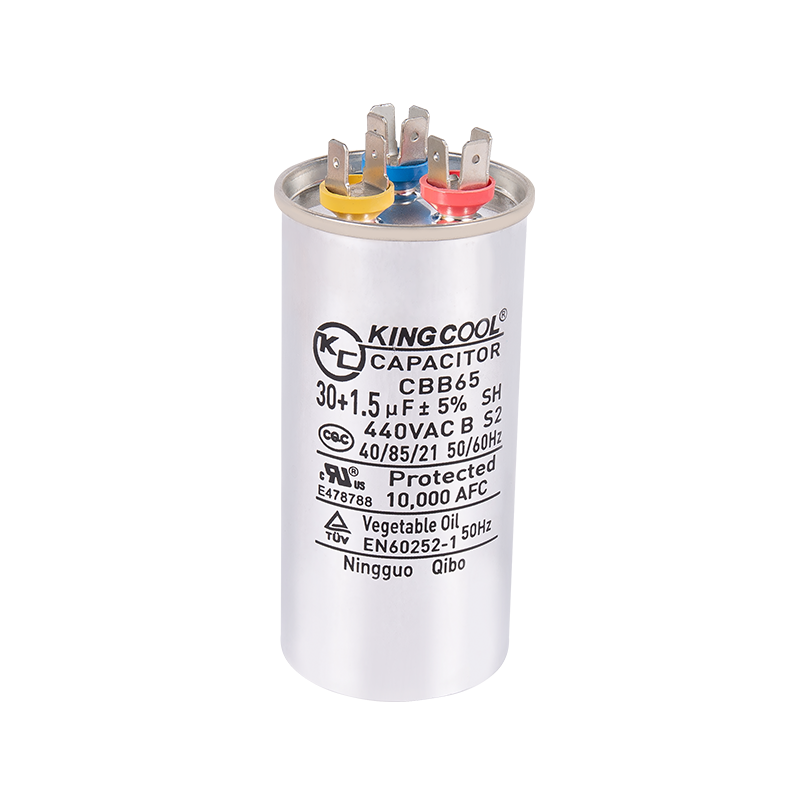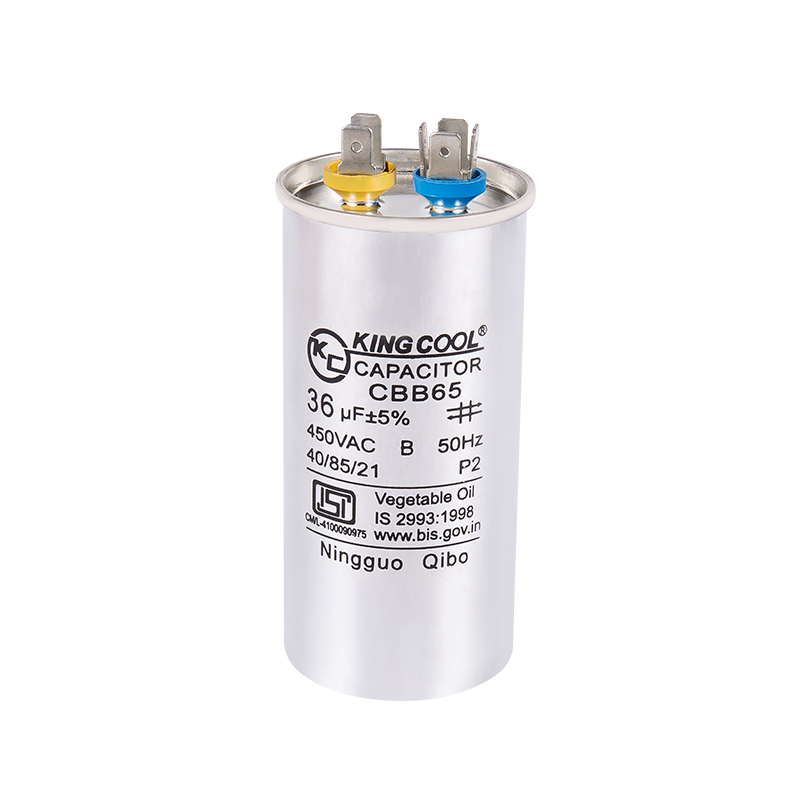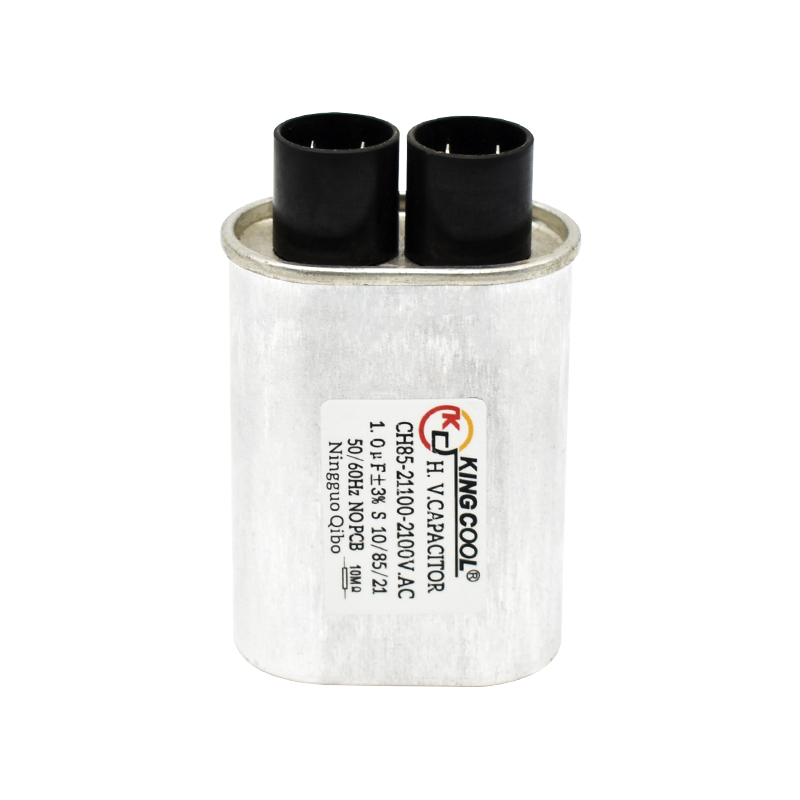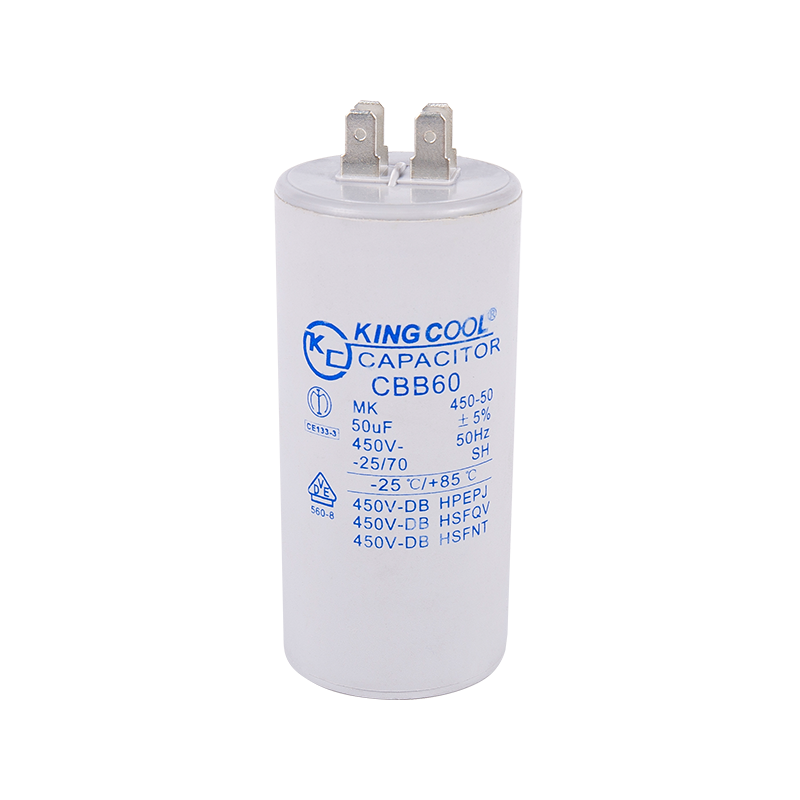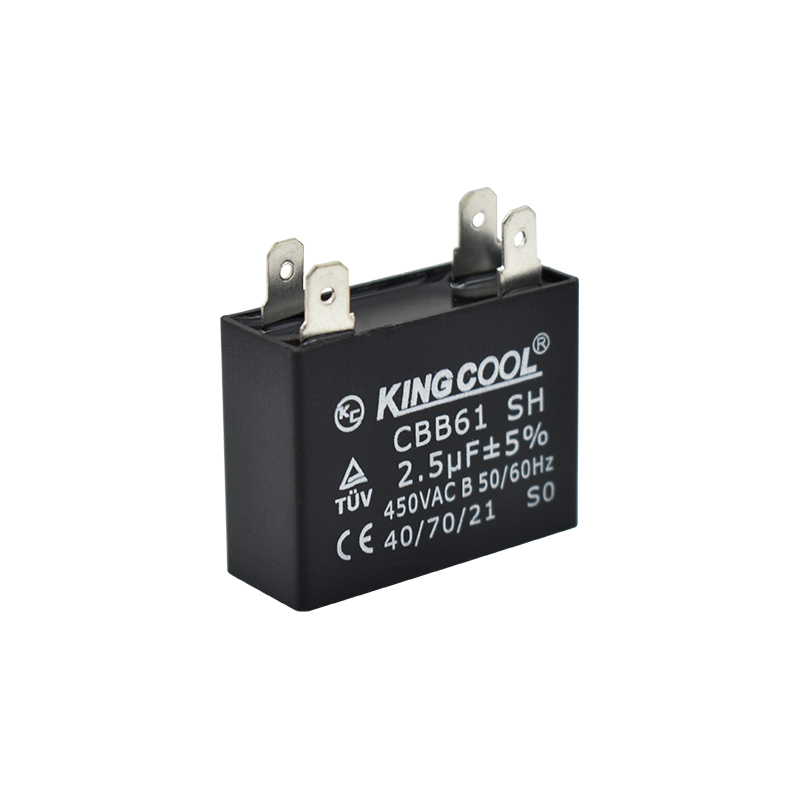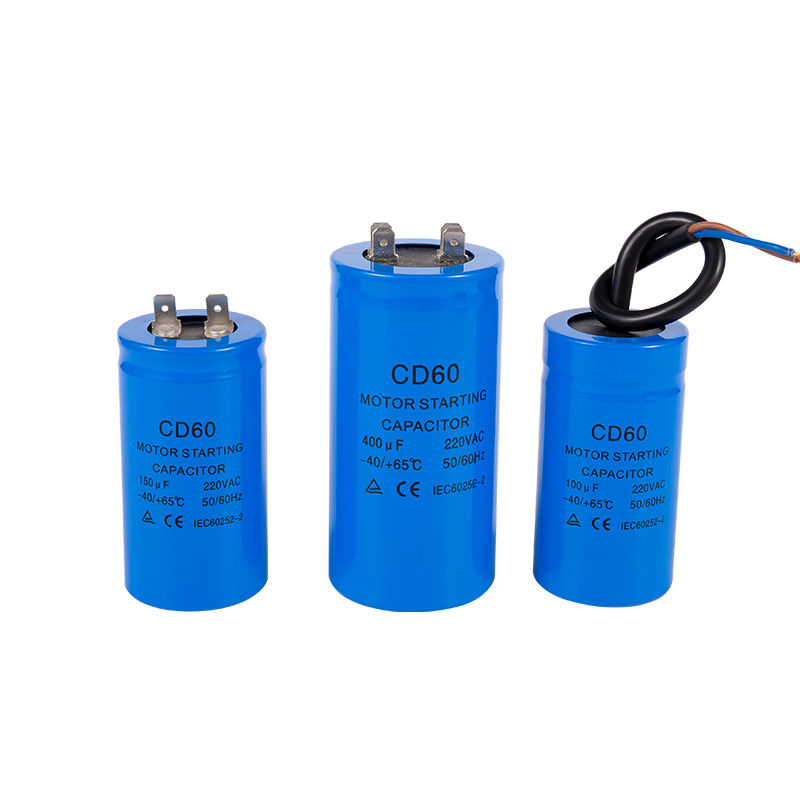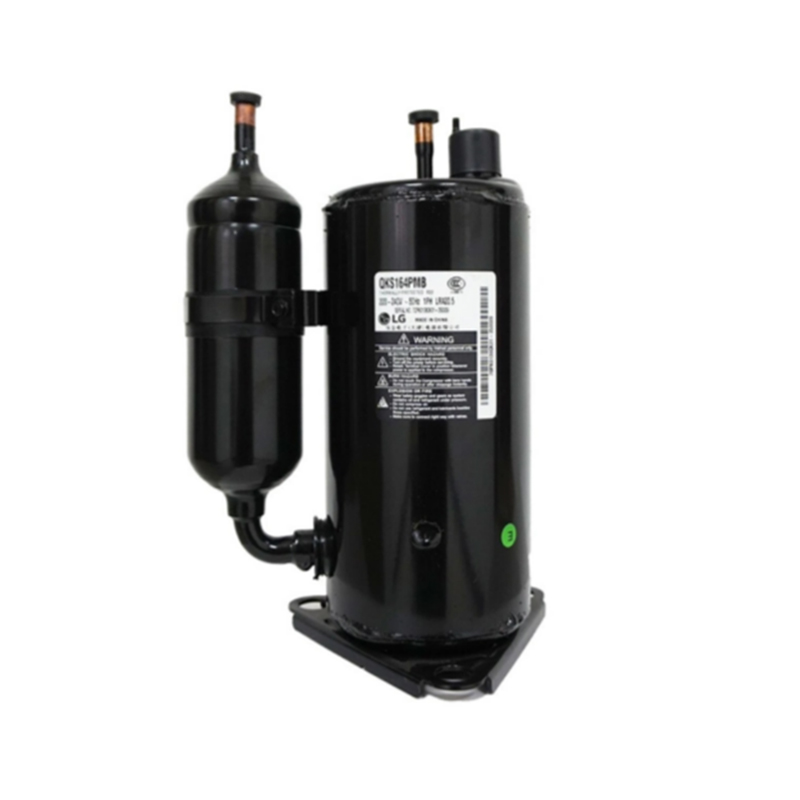- Home
- About Us
- Product
- Capacitor
- Air-Conditioner Parts
- Compressor
- Universal A/C Control System & Remote
- Temperature Controller
- Contactor & Transformer
- Relay & Overload & Delay Timer
- Indoor And Outdoor Air Conditioning Motor
- Defrost Timer
- Thermostat Guard
- Select Switch
- Fan Blade
- Air Conditioner Bracket
- A/C Flow Deflector & A/C Service Bag
- High Pressure Washer
- Charging Valve & Capillary & Wave Tube
- All A/C Brands Sensor
- Insulation tuber
- Refrigerator Parts
- Refrigeration Parts
- Axial Fan
- Microcomputer Temperature Control
- Voltage Protector
- Vacuum Pump & Refrigerant Recovery Unit & Scale
- Brass & Copper Fitting
- Installation Material
- PVC Air Curtain
- Condensate Drain Pump
- Refrigerant
- Copper Tube
- Filter Drier & Oil Separator For Refrigeration System
- Vibration Absorber
- Control Valve & Fitting & Component
- Manifold Gauge
- Thermometer
- Air Curtain
- Condenser Unit
- Condensing Unit
- AC Cooling Fan
- Refrigerant Leak Detector
- Latch & Hinge
- Washing Machine Parts
- Home Appliances Parts
- Instruments&Tools
- Resources
- News
- Contact Us
Web Menu
- Home
- About Us
- Product
- Capacitor
- Air-Conditioner Parts
- Compressor
- Universal A/C Control System & Remote
- Temperature Controller
- Contactor & Transformer
- Relay & Overload & Delay Timer
- Indoor And Outdoor Air Conditioning Motor
- Defrost Timer
- Thermostat Guard
- Select Switch
- Fan Blade
- Air Conditioner Bracket
- A/C Flow Deflector & A/C Service Bag
- High Pressure Washer
- Charging Valve & Capillary & Wave Tube
- All A/C Brands Sensor
- Insulation tuber
- Refrigerator Parts
- Refrigeration Parts
- Axial Fan
- Microcomputer Temperature Control
- Voltage Protector
- Vacuum Pump & Refrigerant Recovery Unit & Scale
- Brass & Copper Fitting
- Installation Material
- PVC Air Curtain
- Condensate Drain Pump
- Refrigerant
- Copper Tube
- Filter Drier & Oil Separator For Refrigeration System
- Vibration Absorber
- Control Valve & Fitting & Component
- Manifold Gauge
- Thermometer
- Air Curtain
- Condenser Unit
- Condensing Unit
- AC Cooling Fan
- Refrigerant Leak Detector
- Latch & Hinge
- Washing Machine Parts
- Home Appliances Parts
- Instruments&Tools
- Resources
- News
- Contact Us
Product Search
Exit Menu

The Ultimate Guide to Essential Refrigerator Parts and Their Maintenance
Posted by Admin | 09 Oct
- 1 Understanding and Replacing Your Refrigerator Door Seal
- 2 The Often-Forgotten Refrigerator Drip Pan: Cleaning and Care
- 3 Shedding Light on Refrigerator Light Cover Issues
- 4 Maintaining and Replacing Refrigerator Shelves
- 5 Diagnosing Problems with the Refrigerator Thermostat
- 6
- 7 FAQ
- 7.1 How often should I clean my refrigerator drip pan?
- 7.2 Can I replace a refrigerator door seal myself, or do I need a professional?
- 7.3 My refrigerator light is out, but the bulb seems fine. What's the problem?
- 7.4 What are the most common signs of a failing refrigerator thermostat?
- 7.5 Is it safe to use a refrigerator with a cracked shelf?
Your refrigerator is the workhorse of your kitchen, and its seamless operation relies on a symphony of interconnected components. Understanding common refrigerator parts is key to performing timely maintenance, troubleshooting issues, and extending the appliance's lifespan. This comprehensive guide delves into five critical components, offering in-depth knowledge on identification, maintenance, and replacement.
Understanding and Replacing Your Refrigerator Door Seal
The refrigerator door seal, or gasket, is a crucial component for energy efficiency. A faulty seal allows cold air to escape, forcing the compressor to work overtime and skyrocketing your energy bills. Recognizing when a refrigerator door seal replacement is needed is a simple yet vital skill for any homeowner.
- Visual Inspection: Look for visible cracks, tears, or brittleness in the rubber.
- The Dollar Bill Test: Close a dollar bill in the door. If it pulls out easily, the seal is weak.
- Condensation or Frost: Moisture or ice buildup on the fridge's edges or in the freezer is a telltale sign.
- Temperature Fluctuations: Your refrigerator struggles to maintain a consistent cool temperature.
Signs You Need a New Door Gasket
Beyond the initial inspection, certain persistent issues confirm the need for action. If you notice that food in the door compartments spoils faster than usual, or if you feel a stream of cold air near the door when it's closed, your gasket is likely compromised. Addressing this promptly is one of the most cost-effective ways to improve appliance performance.
How to Measure for a Perfect Replacement
Ensuring a perfect fit is paramount for a successful refrigerator door seal replacement. A poorly fitting gasket will not solve the problem. The most reliable method is to use the model number of your refrigerator to order the correct part. However, if you must measure manually, follow these steps meticulously.
- Locate the Model Number: This is usually found on an interior wall or the ceiling of the refrigerator compartment.
- Manual Measurement: If the model number is unreadable, measure the length and width of the old seal, and note the door's mounting style (slide-in, press-on, etc.).
- Take Pictures: Photograph the old seal from multiple angles and how it attaches to the door to assist in installation.
The Often-Forgotten Refrigerator Drip Pan: Cleaning and Care
Located at the bottom of your refrigerator, the drip pan (or evaporator pan) collects defrost water, which then evaporates. Over time, this dark, damp environment can become a breeding ground for mold, mildew, and unpleasant odors. Regular refrigerator drip pan cleaning is an essential part of kitchen hygiene that is often overlooked.
- Odor Prevention: A clean pan prevents musty smells from circulating back into your fridge and kitchen.
- Mold and Bacteria Control: Prevents the growth of potentially harmful microorganisms.
- Pest Deterrence: Eliminates a potential water and food source for insects.
Where to Find Your Drip Pan
The location of the drip pan varies by model. In most older models, it is located at the very bottom, behind a kick plate. In newer models, it might be situated behind the front grille or even at the back of the appliance. Consulting your user manual is the best way to locate it safely.
Step-by-Step Cleaning Procedure
A thorough refrigerator drip pan cleaning is a simple process. Always unplug the refrigerator before you begin for safety. Gently pull out the pan—it may contain stagnant water. Empty it and scrub it with a mixture of warm water and baking soda or a mild detergent. Rinse thoroughly, dry it, and slide it back into place.
Shedding Light on Refrigerator Light Cover Issues
A dark refrigerator is more than an inconvenience; it makes finding items difficult and can be a safety hazard. When the light fails, the problem is often not the bulb but the cover itself, which can become cracked, discolored, or difficult to remove. Knowing how to handle the refrigerator light cover is a basic but useful repair skill.
- Bulb Access: The primary function of the cover is to protect the bulb and provide diffused light.
- Safety Feature: It prevents direct contact with a hot bulb and contains glass if the bulb shatters.
- Aesthetic Purpose: It maintains a clean, finished look inside the refrigerator compartment.
Common Types of Light Covers
Refrigerator light covers come in a few standard designs, and understanding the type you have is the first step to removal. The most common is the snap-on cover, which can be removed by gently pressing on one side. Other types include screw-on covers (requiring a simple screwdriver) and slide-off models that shift laterally out of their bracket.
| Cover Type | Removal Method | Commonality |
| Snap-On | Press firmly on one edge to pop it out. | Very Common |
| Screw-On | Use a screwdriver to remove a single screw. | Common in older models |
| Slide-Off | Gently slide the cover horizontally to release it. | Less Common |
A Guide to Finding the Correct Model Number
To find the right replacement, the process of refrigerator light cover model number lookup is essential. The cover itself rarely has a part number. Therefore, you must use the main refrigerator model number, located inside the fridge, to search for the compatible light cover part. Online appliance part retailers have databases where you can enter your model number to find all compatible parts.
Maintaining and Replacing Refrigerator Shelves
Shelves are the organizational backbone of your refrigerator. Glass shelves can crack from impact or thermal stress, and plastic frame supports can break. Knowing your options for refrigerator shelving repair or replacement helps maintain order and functionality.
- Safety First: A cracked glass shelf can shatter unexpectedly, creating a safety hazard and a mess.
- Food Preservation: Broken shelves can lead to spills and cross-contamination.
- Maximizing Space: A full set of intact shelves is crucial for efficient storage.
Dealing with Cracked or Broken Shelves
If a glass shelf has a hairline crack, it is a ticking time bomb and should be replaced immediately. For a temporary fix on a plastic bracket, strong epoxy glue might hold, but replacement is the only reliable long-term solution. When handling broken glass, wear gloves and dispose of the pieces carefully.
Adjustable vs. Fixed Shelves
Understanding the type of shelves in your unit is key. Most modern fridges have adjustable shelves that slide out on supports, while some older or specialty models have fixed shelves. When ordering a replacement, you need to know not only the dimensions (width, depth, height) but also the type of mounting system it uses.
| Shelving Type | Pros | Cons |
| Adjustable Shelves | Flexible storage for tall items, easy to clean underneath. | Can be less sturdy, may cost more to replace. |
| Fixed Shelves | Generally more sturdy and durable. | No flexibility for storage configuration. |
Diagnosing Problems with the Refrigerator Thermostat
The thermostat is the brain behind the temperature control. It signals the compressor to turn on and off to maintain the set temperature. When it fails, your refrigerator's climate goes haywire. Recognizing the refrigerator thermostat failure symptoms can help you diagnose the issue accurately before calling a technician.
- Inconsistent Temperatures: The fridge is too cold in some spots and too warm in others.
- Frequent Cycling: The compressor turns on and off more frequently than usual.
- Failure to Cool: The compressor doesn't kick on at all, and the interior temperature rises.
- Excessive Frost: In the freezer, a faulty thermostat can lead to a heavy buildup of frost.
Key Symptoms of a Failing Thermostat
While the symptoms above are indicative, a deeper look can confirm suspicion. For instance, if you turn the thermostat dial and hear no audible "click," it may be broken. Similarly, if the refrigerator feels warm but the compressor is running constantly, the thermostat might be stuck in the "on" position, which is a clear refrigerator thermostat failure symptom.
Thermostat vs. Compressor Issues
It's easy to confuse a bad thermostat with a failing compressor, as both can result in a warm refrigerator. A key differentiator is sound. If the interior is warm and the compressor is silent, the problem could be either. But if the interior is warm and the compressor is running non-stop and is hot to the touch, the issue is more likely a thermostat that is stuck closed, failing to signal the compressor to shut off.
T229A74VET9 Thermostat For Window Air-Conditioner
FAQ
How often should I clean my refrigerator drip pan?
It is recommended to clean your refrigerator drip pan at least once a year as part of your deep cleaning routine. However, if you notice any persistent musty odors coming from your refrigerator, or if you live in a humid climate, cleaning it every six months is a prudent practice. Regular refrigerator drip pan cleaning prevents mold growth and ensures efficient evaporation of defrost water.
Can I replace a refrigerator door seal myself, or do I need a professional?
Replacing a refrigerator door seal is generally a DIY-friendly task that requires no special tools. The process typically involves peeling off the old gasket from its channel and carefully pressing the new one into place. The key is to take your time, ensure the new seal is not twisted, and follow any specific instructions that come with the replacement part. If you are uncomfortable or the door itself seems misaligned, then consulting a professional is advisable.
My refrigerator light is out, but the bulb seems fine. What's the problem?
If the bulb is intact, the issue likely lies with one of three things. First, the refrigerator light cover might have a broken switch or mechanism that fails to activate when the door opens. Second, the door switch itself could be faulty. Third, there could be a wiring issue. Testing the bulb in a known working socket and checking the door switch are the first troubleshooting steps.
What are the most common signs of a failing refrigerator thermostat?
The most common refrigerator thermostat failure symptoms are inconsistent cooling (some areas freezing while others are warm), the compressor running continuously without cycling off, or the refrigerator failing to cool at all despite being powered on. You may also notice excessive frost in the freezer compartment. These symptoms indicate the thermostat is not properly regulating the cooling cycle.
Is it safe to use a refrigerator with a cracked shelf?
Using a refrigerator with a cracked glass shelf is not recommended. The crack can propagate under the weight of items or due to temperature changes, leading to the shelf shattering unexpectedly. This poses a safety risk from broken glass and can spoil all the food inside. For any refrigerator shelving repair involving glass, replacement is the only safe option.
Efficient charging, stable output, capacitor, thefirst choice for electric drive.
- Address: North of Funing Rd., Helixi Economic and Technology Development Zone, Ningguo, Anhui, China
- Phone/WhatsApp: +86-18110862602
- Email: [email protected]
If you have anything to consult, you canfollow us, we will contact you as soon aspossible
Copyright © Ningguo Kingcool Import and Export Co., Ltd All Rights Reserved. Custom HVAC Parts & Accessories Suppliers









